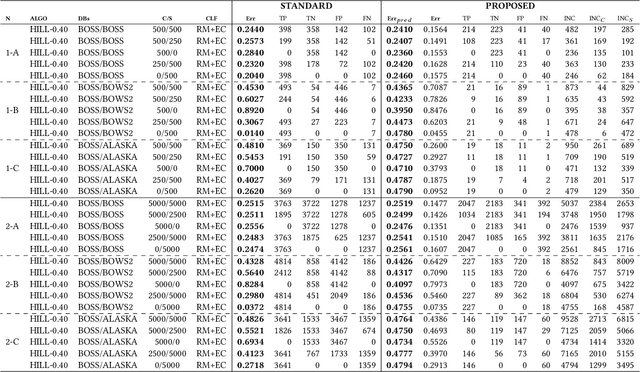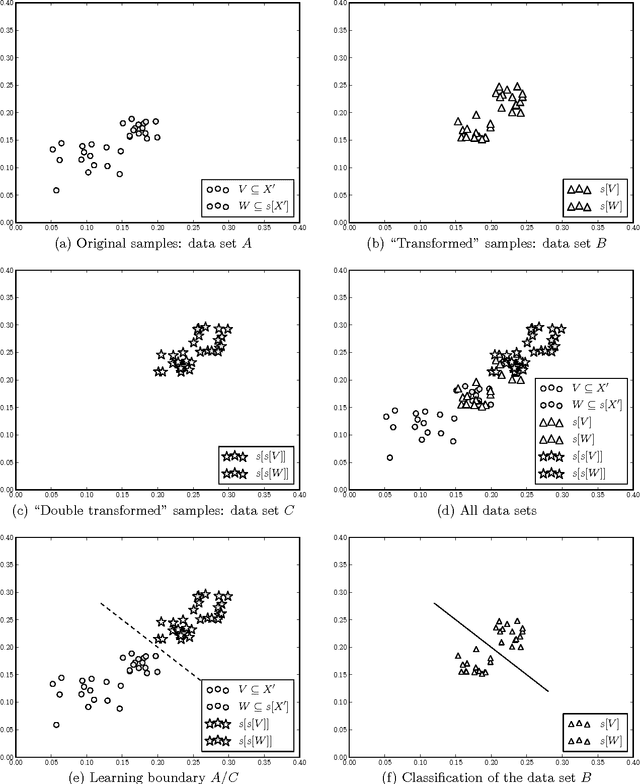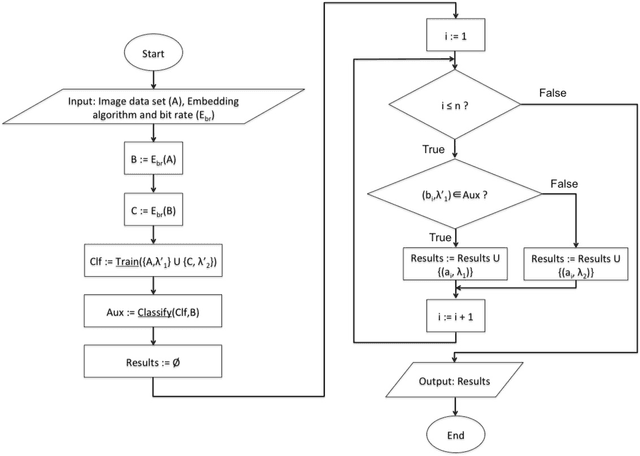David Megías
Deep Learning for Diverse Data Types Steganalysis: A Review
Aug 11, 2023Abstract:Steganography and steganalysis are two interrelated aspects of the field of information security. Steganography seeks to conceal communications, whereas steganalysis is aimed to either find them or even, if possible, recover the data they contain. Steganography and steganalysis have attracted a great deal of interest, particularly from law enforcement. Steganography is often used by cybercriminals and even terrorists to avoid being captured while in possession of incriminating evidence, even encrypted, since cryptography is prohibited or restricted in many countries. Therefore, knowledge of cutting-edge techniques to uncover concealed information is crucial in exposing illegal acts. Over the last few years, a number of strong and reliable steganography and steganalysis techniques have been introduced in the literature. This review paper provides a comprehensive overview of deep learning-based steganalysis techniques used to detect hidden information within digital media. The paper covers all types of cover in steganalysis, including image, audio, and video, and discusses the most commonly used deep learning techniques. In addition, the paper explores the use of more advanced deep learning techniques, such as deep transfer learning (DTL) and deep reinforcement learning (DRL), to enhance the performance of steganalysis systems. The paper provides a systematic review of recent research in the field, including data sets and evaluation metrics used in recent studies. It also presents a detailed analysis of DTL-based steganalysis approaches and their performance on different data sets. The review concludes with a discussion on the current state of deep learning-based steganalysis, challenges, and future research directions.
Detection of Classifier Inconsistencies in Image Steganalysis
Sep 23, 2019



Abstract:In this paper, a methodology to detect inconsistencies in classification-based image steganalysis is presented. The proposed approach uses two classifiers: the usual one, trained with a set formed by cover and stego images, and a second classifier trained with the set obtained after embedding additional random messages into the original training set. When the decisions of these two classifiers are not consistent, we know that the prediction is not reliable. The number of inconsistencies in the predictions of a testing set may indicate that the classifier is not performing correctly in the testing scenario. This occurs, for example, in case of cover source mismatch, or when we are trying to detect a steganographic method that the classifier is no capable of modelling accurately. We also show how the number of inconsistencies can be used to predict the reliability of the classifier (classification errors).
Unsupervised Steganalysis Based on Artificial Training Sets
Mar 02, 2017



Abstract:In this paper, an unsupervised steganalysis method that combines artificial training setsand supervised classification is proposed. We provide a formal framework for unsupervisedclassification of stego and cover images in the typical situation of targeted steganalysis (i.e.,for a known algorithm and approximate embedding bit rate). We also present a completeset of experiments using 1) eight different image databases, 2) image features based on RichModels, and 3) three different embedding algorithms: Least Significant Bit (LSB) matching,Highly undetectable steganography (HUGO) and Wavelet Obtained Weights (WOW). Weshow that the experimental results outperform previous methods based on Rich Models inthe majority of the tested cases. At the same time, the proposed approach bypasses theproblem of Cover Source Mismatch -when the embedding algorithm and bit rate are known-, since it removes the need of a training database when we have a large enough testing set.Furthermore, we provide a generic proof of the proposed framework in the machine learningcontext. Hence, the results of this paper could be extended to other classification problemssimilar to steganalysis.
 Add to Chrome
Add to Chrome Add to Firefox
Add to Firefox Add to Edge
Add to Edge